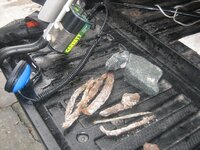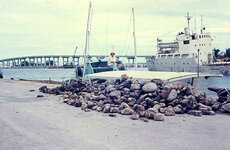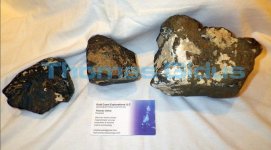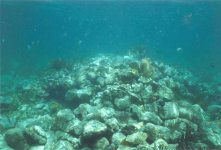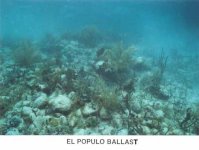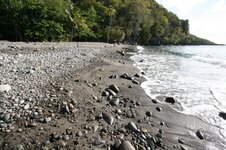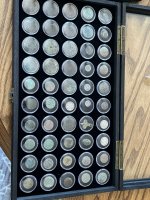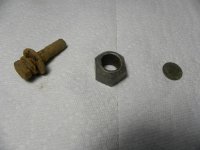signumops
Hero Member
- Feb 28, 2007
- 756
- 226
- Detector(s) used
- Garrett, Minelab, Aqua-Pulse
- Primary Interest:
- All Treasure Hunting
Irene did cut some beach front in Brevard. Not much, but, enough to start throwing ballast and other stuff on shore. In the pic below, you can see some small stones which are granite. I have been picking up others which are larger, and smaller, but all are "cut" granite. All the fasteners so far are iron, and almost all are twisted. This wreck supposedly threw gold coins during Jeanne.
So, just what boats used cut ballast, and when did they start using it? Getting ready for Katia. This pic was taken today.
I've heard all kinds of angles on "cut" ballast. Anybody got a definitive source?
So, just what boats used cut ballast, and when did they start using it? Getting ready for Katia. This pic was taken today.
I've heard all kinds of angles on "cut" ballast. Anybody got a definitive source?


